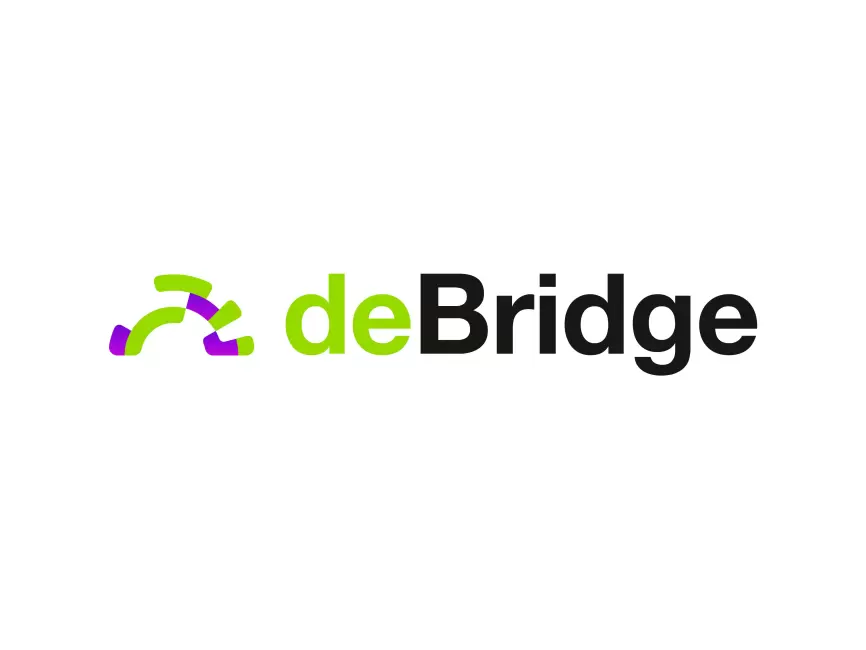Ever get that feeling something big is quietly brewing in the crypto world? Yeah, me too. Cross-chain bridges have been popping up everywhere, but honestly, not all of them feel trustworthy or fast enough. I mean, seriously, who wants to wait forever just to move tokens from Ethereum to Binance Smart Chain? It’s frustrating. Here’s the thing: interoperability is no longer a ‘nice-to-have’—it’s a must-have. And that’s where platforms like debridge finance come into play.
At first glance, cross-chain bridges might seem like just fancy highways connecting islands of blockchain networks. But when you dig deeper, you realize these bridges are the backbone of a truly decentralized finance ecosystem. Without them, you’re stuck in silos, which defeats the purpose of DeFi’s promise—freedom and liquidity everywhere. Hmm… something felt off about the early bridges I tried. Either they were slow, costly, or—worse—they weren’t secure enough.
Wow! The complexity behind these bridges is staggering. To get tokens from one chain to another, you need a trustless or semi-trustless system that can validate transactions, prevent double spending, and overcome the technical differences across blockchains. And let’s be honest, making all that seamless for users? That’s a heck of a challenge.
Initially, I thought all bridges functioned the same way, but actually, wait—let me rephrase that. Some rely heavily on centralized validators, while others use more decentralized oracles or light clients. On one hand, decentralization boosts security, but on the other, it can slow things down or make the system overly complex. This trade-off is exactly why solutions like debridge finance caught my eye. They blend speed with security in a way that feels more balanced than most.
Okay, so check this out—debridge finance isn’t just about moving assets. It’s about creating a whole interoperability ecosystem where users can swap tokens, access cross-chain NFTs, and even execute smart contracts across different chains. This approach reminded me of trying to connect a dozen different USB ports with one universal cable. Pretty neat, right?

Why Interoperability Matters More Than Ever
You know, in the US, we love our road trips—for good reason. Driving from coast to coast is easy because our highways and infrastructure are pretty well linked. Now imagine if every state had a different kind of road that didn’t connect smoothly. That’s kind of what the blockchain world looks like without cross-chain bridges.
DeFi exploded on Ethereum, but chains like Solana, Avalanche, and Polygon gained their own massive followings. Each has unique strengths but also unique limitations. The inability to move assets or data freely across these networks is like having multiple islands with no ferries. Something very very important about this is that liquidity stays fragmented, and users have to jump through hoops to maximize yield or utility.
My instinct said: if DeFi is going mainstream, interoperability isn’t optional; it’s foundational. That realization also made me question how secure and user-friendly these bridges truly are. Some early bridges had nasty hacks, and frankly, that bugs me. It’s like leaving your front door wide open because you’re too lazy to install a proper lock.
Here’s the kicker: the technology behind bridges like debridge finance incorporates decentralized validators with cryptographic proofs, reducing single points of failure. Plus, they’ve put a lot of thought into user experience—making the transfers both quick and transparent. That combination is rare and worth noticing.
Still, I’m not 100% sure this is the endgame. Interoperability is evolving fast, and new protocols keep popping up. But debridge finance nailed a smart balance between decentralization, speed, and usability that feels very promising. (Oh, and by the way, their support for a wide range of chains means you’re not stuck with just the big players.)
The Real-World Impact: How This Changes Your DeFi Game
Imagine you’re farming yield on Polygon but spot a killer opportunity on Avalanche. Without a reliable bridge, you’d have to sell, withdraw, and manually swap tokens—risky and slow. With solid cross-chain interoperability, you move assets instantly and safely. Whoa! That’s a game-changer for active DeFi users who need agility.
Another angle: NFTs. Cross-chain bridges like debridge finance are enabling NFT owners to transfer collectibles between chains, unlocking new marketplaces and audiences. The possibilities start to feel endless.
Still, there’s a catch. User education is lagging behind tech innovation. Many folks jump on these bridges without fully grasping risks or mechanics. That’s why I think platforms must build intuitive interfaces and clear guidance, which thankfully, debridge finance seems to prioritize.
Also, the regulatory landscape is murky. Cross-chain tech could attract more scrutiny, which might affect how these bridges operate in the US and beyond. I’m keeping an eye on that because compliance will be crucial for mainstream adoption.
All in all, the future looks bright but nuanced. Cross-chain bridges aren’t perfect yet, but with projects like debridge finance pushing boundaries, we’re closer to a truly interconnected DeFi world than ever before.
Frequently Asked Questions
What exactly is a cross-chain bridge?
Simply put, it’s a protocol that allows assets or data to move between different blockchain networks securely and efficiently. Think of it as a secure ferry connecting islands in the crypto ocean.
How does debridge finance improve interoperability?
debridge finance uses decentralized validators and cryptographic proofs to ensure security while supporting multiple chains, making asset transfers fast, safe, and user-friendly.
Are cross-chain bridges safe to use?
While no system is 100% risk-free, bridges like debridge finance focus on decentralization and security measures to minimize vulnerabilities. Still, users should practice caution and understand the risks involved.
